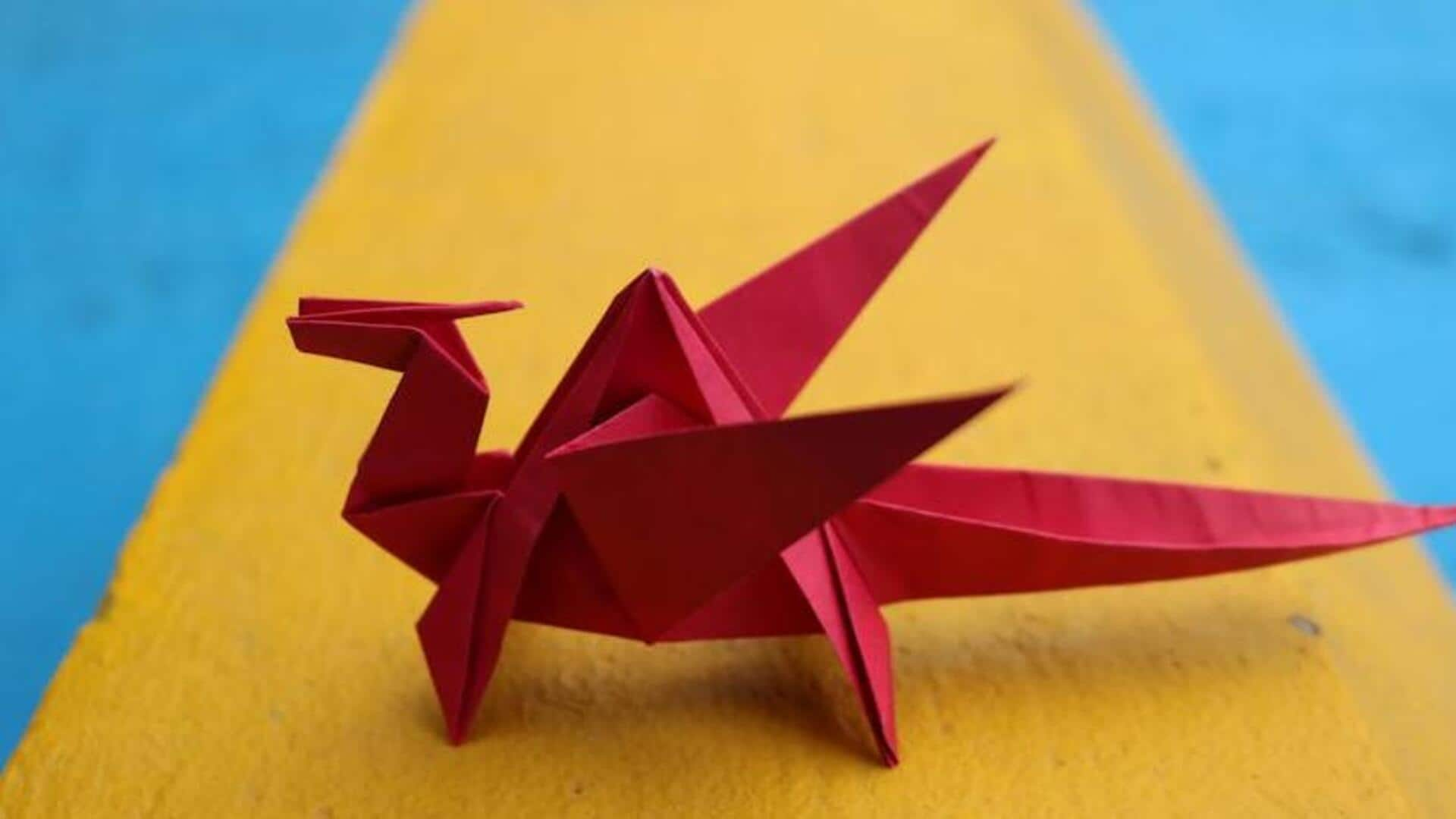
5 untold facts about Japanese origami traditions
What's the story
Origami, the ancient Japanese art of paper folding, is more than a mere craft. It signifies a culture and showcases centuries-old history and tradition. Though most of us are aware of the basic concept of origami, there are some lesser-known yet amazing things that make this art form truly fascinating. Here are five untold facts about Japanese origami traditions.
Historical origins
Origami's ancient roots
The art of origami originated in ancient Japan, mainly for ceremonial purposes. The first written records of origami date back to the Edo period, where it played a crucial role in religious ceremonies and as elegant gifts. During this time, origami was more than a craft, it was a mark of honor, contrasting what it has come to be today as a fun activity.
Cultural significance
Symbolism in designs
In Japanese culture, every origami design carries its own symbolism. The crane, for instance, makes a powerful symbol of peace and longevity. The tradition of folding one thousand cranes, called Senbazuru, is a long-standing cultural custom thought to grant a wish or good fortune to the folder. This important practice has become a part of cultural rituals and celebrations, signifying major life events.
Geometric principles
Mathematical connections
Origami is not only an art but also has a lot to do with complicated mathematics. The precise folds need accurate geometric calculations to achieve symmetry and balance in designs. In fact, modern applications have even witnessed origami principles being used in engineering fields for creating innovative structures.
Contemporary impact
Influence on modern art forms
The influence of traditional origami on contemporary art forms, be it architecture, fashion, or sculpture, is significant. Artists across the world draw inspiration from its techniques, creating intricate designs that beautifully marry tradition with modern aesthetics. This fusion enriches contemporary art, providing a new perspective while paying homage to an ancient practice. Through origami, a bridge is created between the past and the present, demonstrating the timeless appeal of this art form.
Learning tool
Educational benefits
Origami is known as a priceless educational tool that enhances cognitive skills like spatial awareness, concentration, and problem-solving capabilities, tremendously. It is incorporated into school curriculums across the world to encourage creativity and make learning of mathematical concepts easy through fun, hands-on activities. This way, the whole process of learning becomes more interactive, and students understand complex ideas in an intuitive, enjoyable manner.